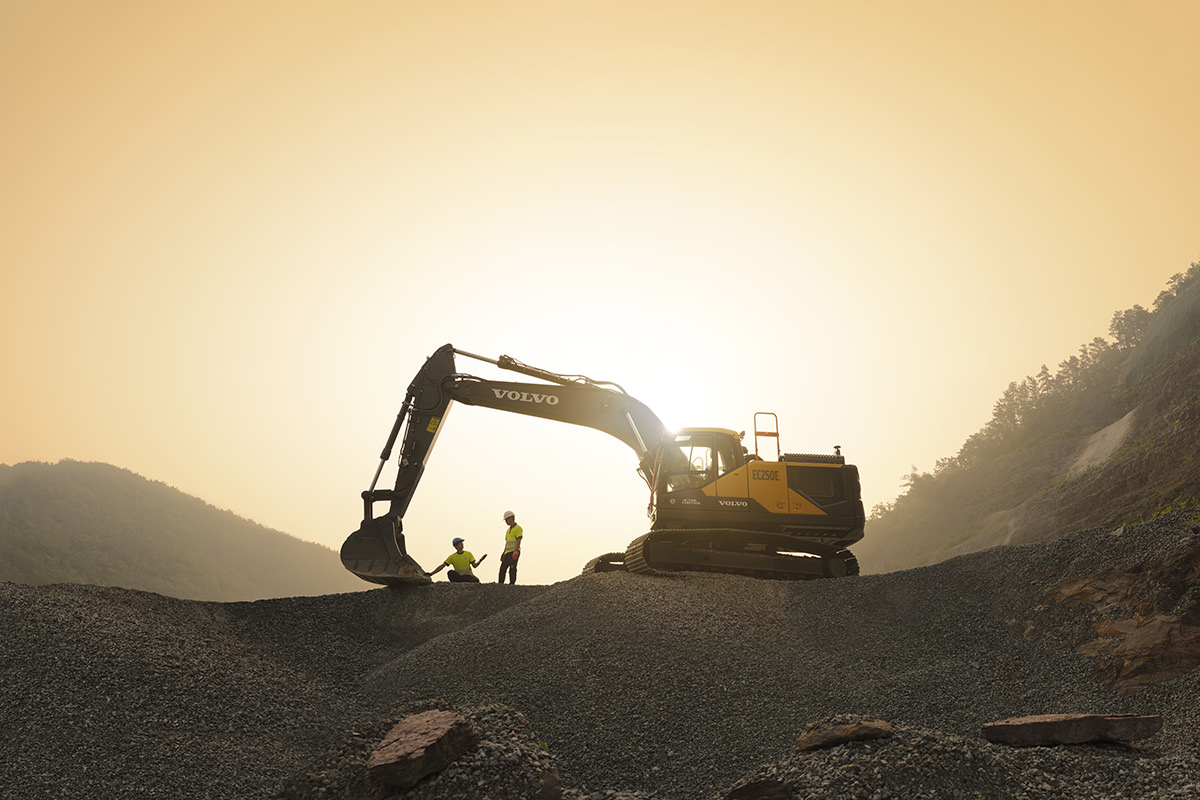
I mentioned in my Year in Review series last year that I’d been working on a large commercial assignment that I couldn’t share yet. Today, I’m happy to be able to finally share the images from that project.
A few years back, I was contacted by Volvo CE here in Korea to photograph a couple of excavators for their internal training manuals and a construction site for Volvo Spirit magazine. These were a completely different style of photography for me and it was also the first, and only, time I’d ever been contacted through LinkedIn. Since then, I’ve worked together with the Volvo team a couple of times, but it wasn’t until 2020 that I was contracted for a large-scale project. A whole series of new excavators were ready for market and many of them would be produced here in Korea. Due to the cost and difficulty of shipping an excavator to a location just to create images of it, photography would happen here as well.
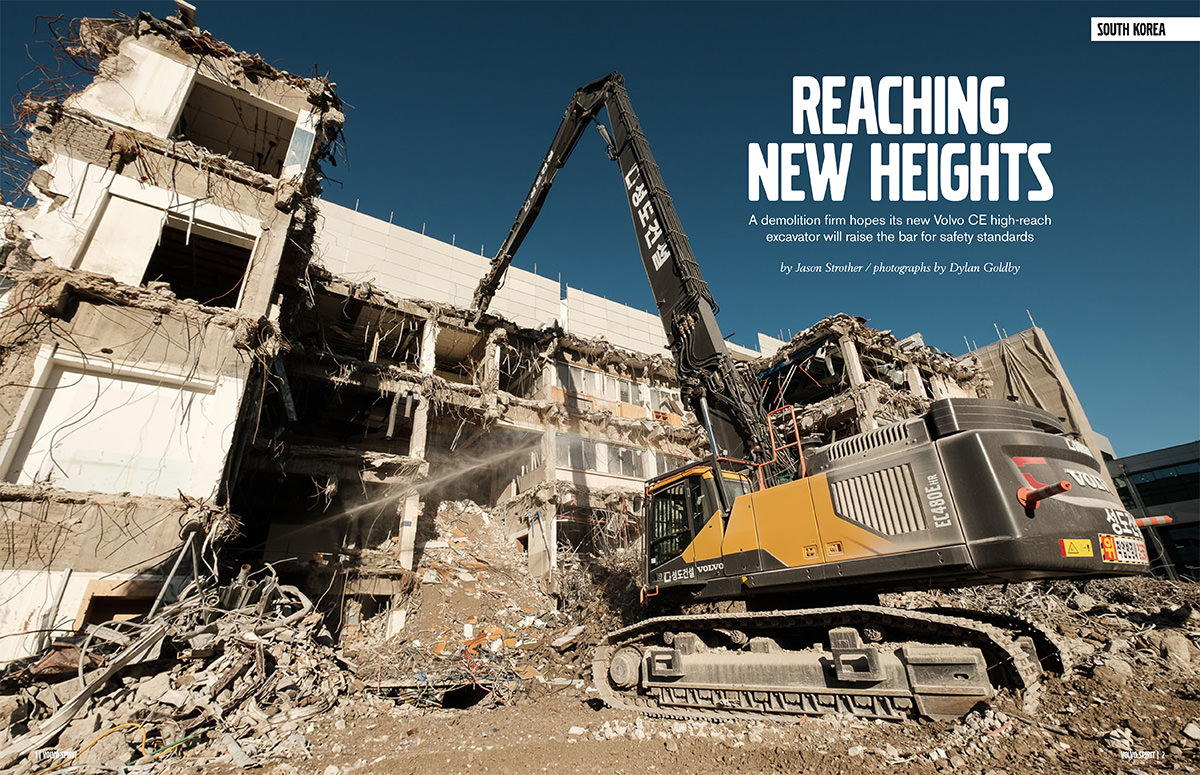
A Different Style of Photography for Me
Unlike the one or two-day shoots I had done with Volvo in the past, this series of shoots were 3-5 days long each and involved sharing the floor with a video production team so we could make the most of our time with the excavators. If you’d like to see some examples of the video work that was done, an example of the EC550EL IMVT can be seen here. This gives you a sense of one of the locations we had to work with and the scale of the machines I had to photograph.
With the size of this project, I was really glad to have my good friend Roy Cruz along to assist. Having someone to create shot lists as I call them out, check that we have everything, confirm images, and assist with getting our lighting team in position made the shots below possible. Since most of my work is smaller in scale and involves families or couples, I don’t often have the need for a full-time assistant but I’m really glad Roy was there for these shoots. Thanks, brother!
Unlike my regular couple and family photography sessions, there is a set collection of images we need to photograph and a set of guidelines we need to follow when setting the images up. Where a family photograph might be 10% set up and 90% execution, a photograph of an excavator is 90% set up and 10% execution. We spend the vast majority of our time setting the scene, posing the excavator, cleaning the excavator, checking the excavator, cleaning the excavator, and, I think I mentioned it, but cleaning the excavator within an inch of its life. The main considerations for each shot are the condition of the machine and the message we are sending. From there, it’s just a case of making the required exposures.
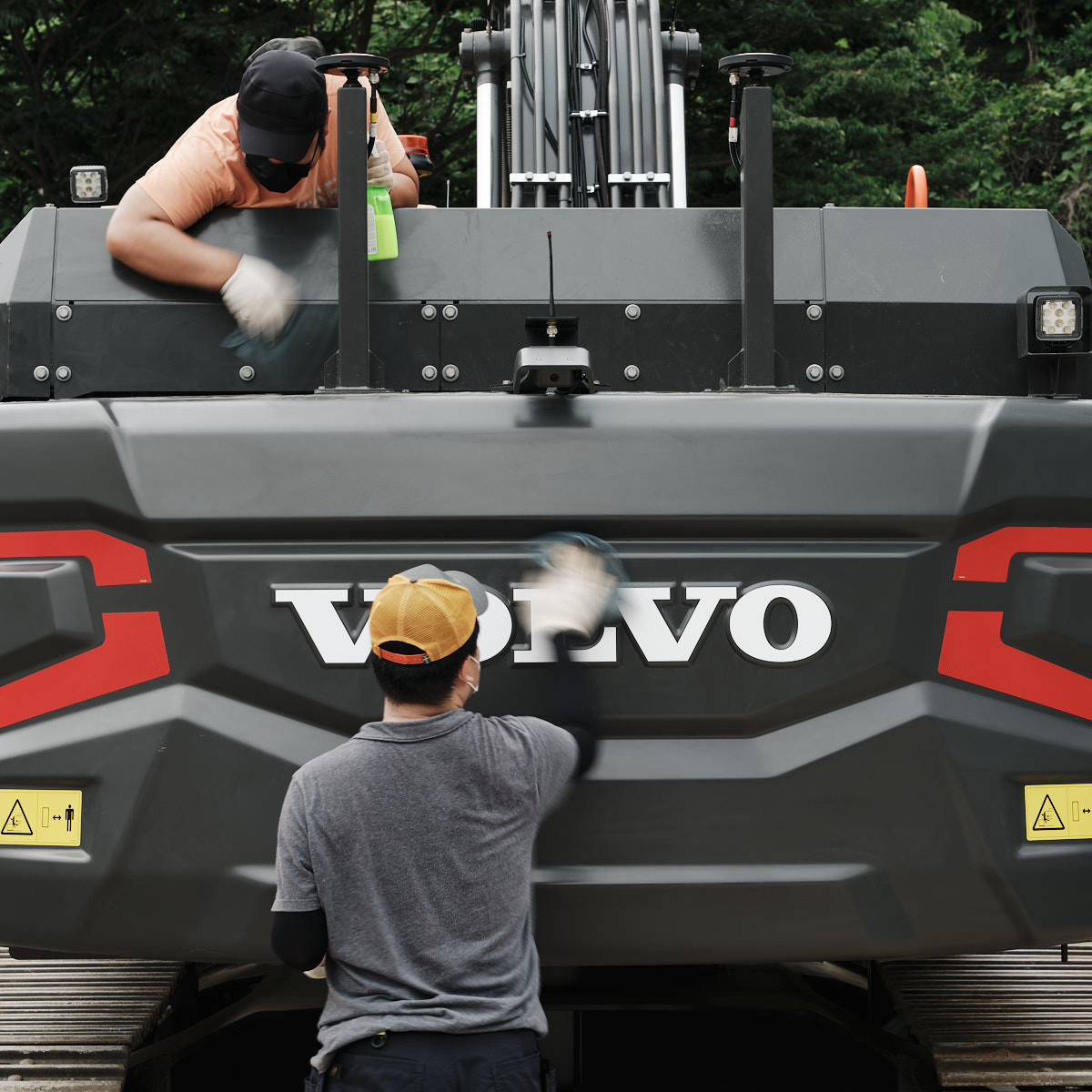
Making the Images
That’s not to say in any way that the photography is straightforward. Oftentimes we have a machine that needs to be in a different location from the one that we have or needs to be photographed in several different poses for the post-production team to work with. In cases like this, it’s all eyes on the laptop to ensure we’re getting every single piece of the puzzle. There’s no coming back to a shoot like this, so it’s always best to overshoot. More often than that, however, is that due to the sheer size of the machines we photograph, getting each and every part of them looking good can take several exposures of the same composition to get right.
A simple example of this would be this hero image of the EC550EL IMVT. We had everything that we needed. The location was gorgeous, the machine was prepped, and we’d arrived early in the morning to make sure the light would be just right. So, we set the camera on the tripod and made several different exposures with our strobe lights and reflectors to ensure the contours of the machine were well chiseled. These pieces were then quickly assembled into a final image on-site to make sure we had everything for post-production before moving on to the next image.
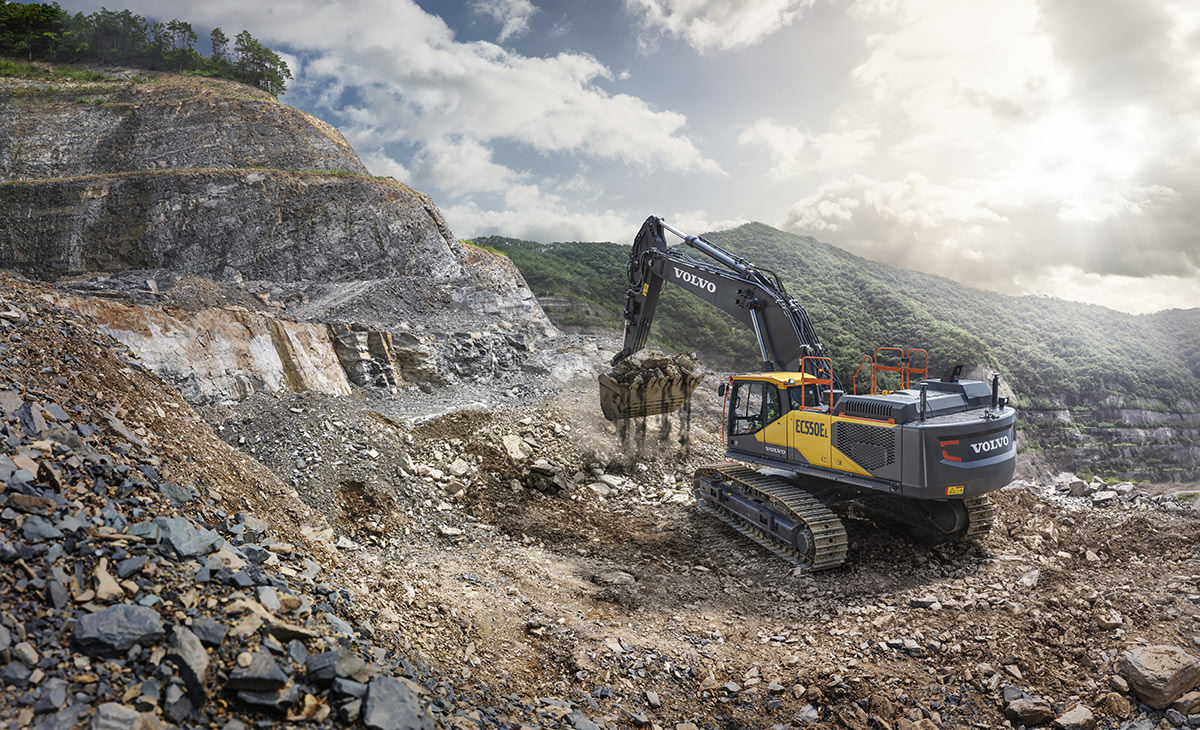
In this image of the EC250EL, the only things I had to work with were the excavators and the pile of material in the foreground. Everything else here (the sky trees, and buildings) would be taken from Volvo’s internal location library. So, I’d need to match the height and size of the machine in the frame to the final output background. The challenge with something like this is getting the machine and camera at just the right angle to ensure that the composite doesn’t look fake in the end. To this end, we spend hours setting the machine, testing, and comparing to existing references. The final image wouldn’t be seen for months, so we had to make sure that everything was perfect on the day.
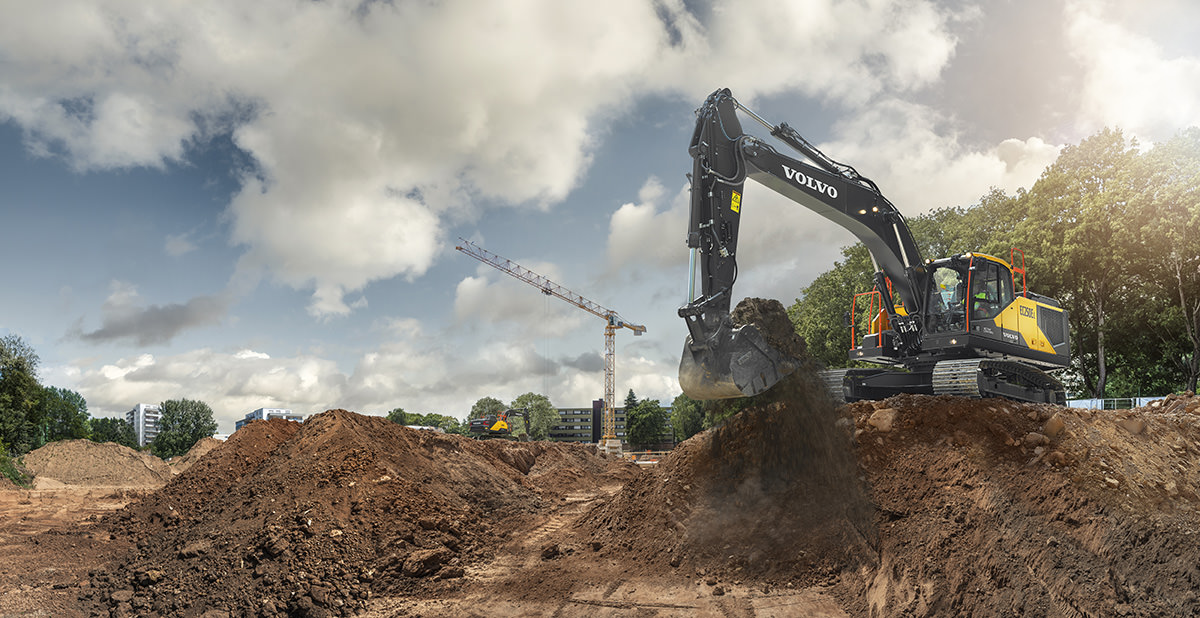
Oftentimes, though, the most challenging part of this photography is actually the weather. Over the course of producing these images, we faced blistering heat, downpours from passing typhoons, and having to shoot at times of day that did not match the desired output. A great example of this was this scene we created to explain the trenching capabilities of the new excavators. On our first attempt, we dug the trench and set our canopy up to keep the sun off us while we shot the required images. Did I mention typhoons before? They’re quite unpredictable. As we got the camera and computer down into the trench, the sky got suddenly dark. Guessing we had some time before the rain began, we set the machine for our first exposure. This whole process took around five minutes, but we never got to shoot the images. Instead, we promptly got ankle-deep in muddy water from the storm.
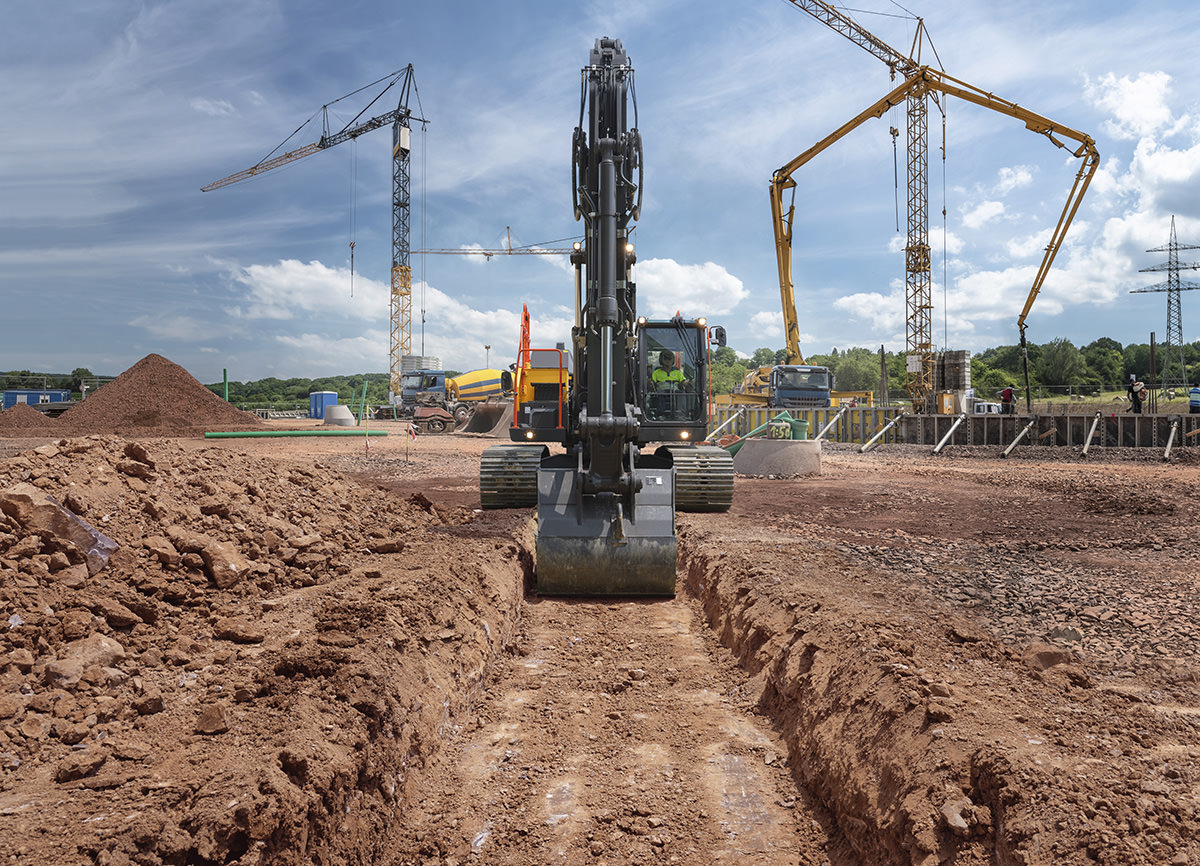
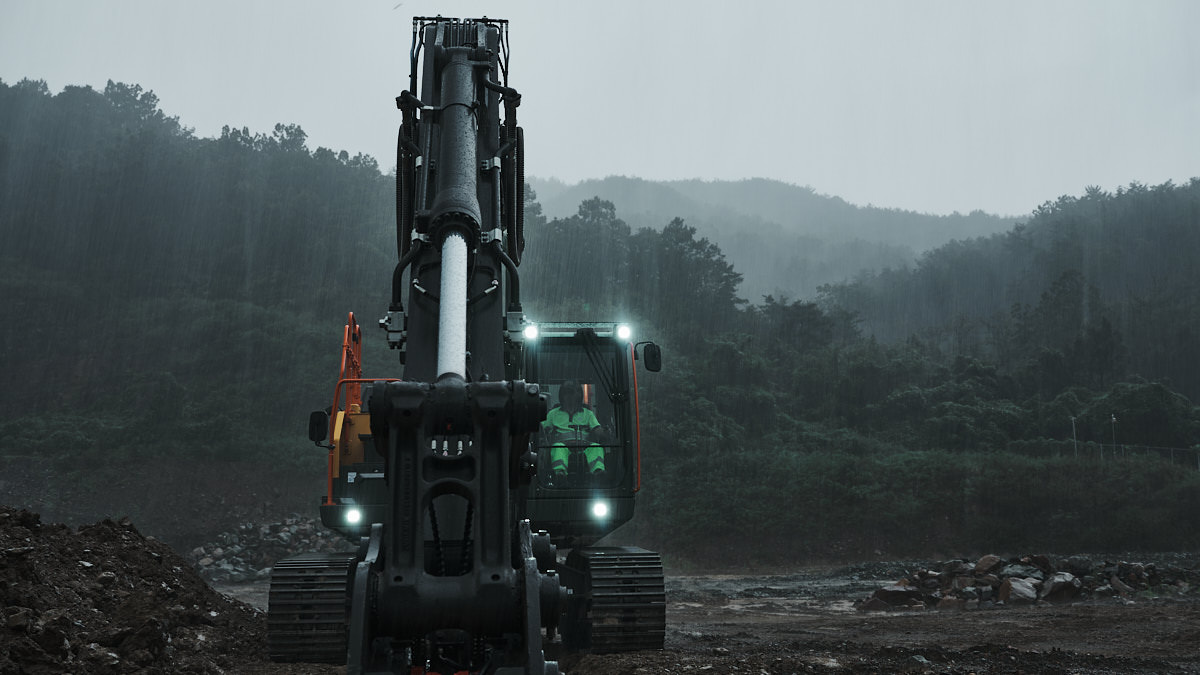
However, the work was not all stress and troubles! We had a great team that made these shoots a blast and the days just went by too quickly. Here’s a little behind the scenes from our shenanigans on set. It really is hard to beat having complete freedom with a machine that is literally capable of moving mountains. It’s important to step back and realise that every member of the team was still living out their boyhood dreams of playing in the sandpit with our toys!
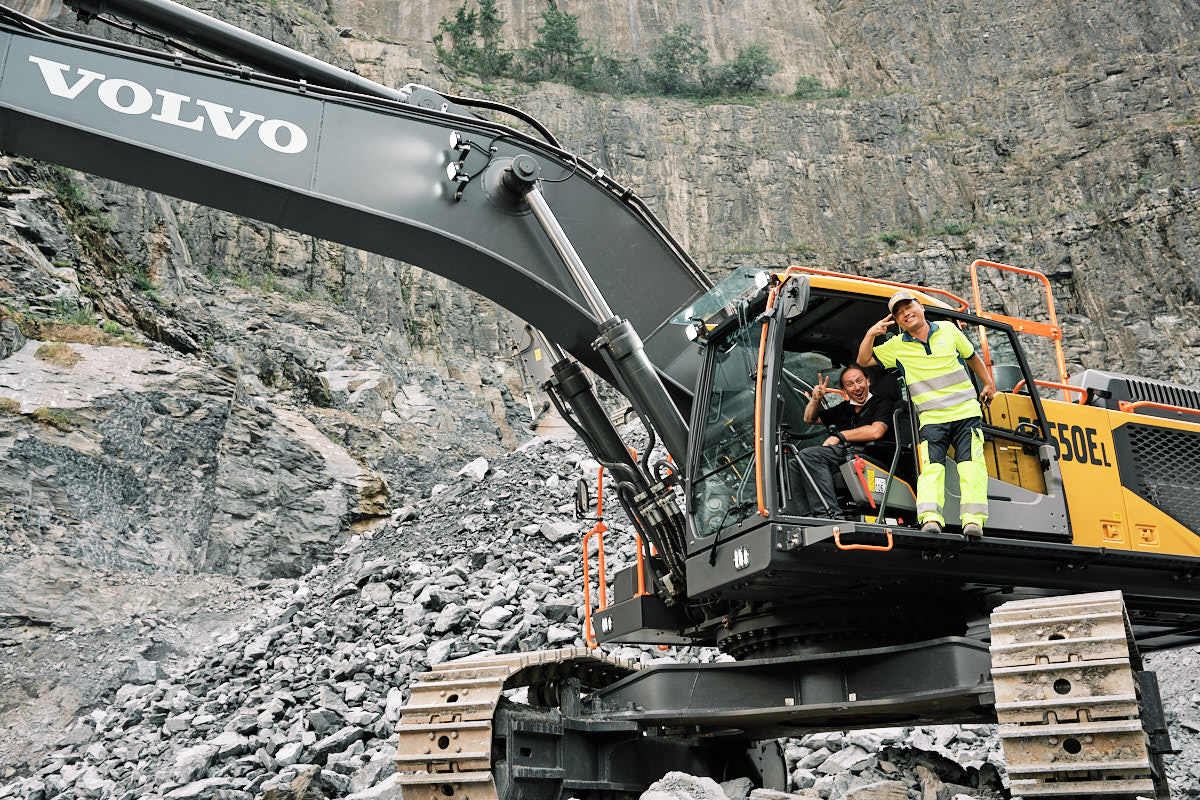
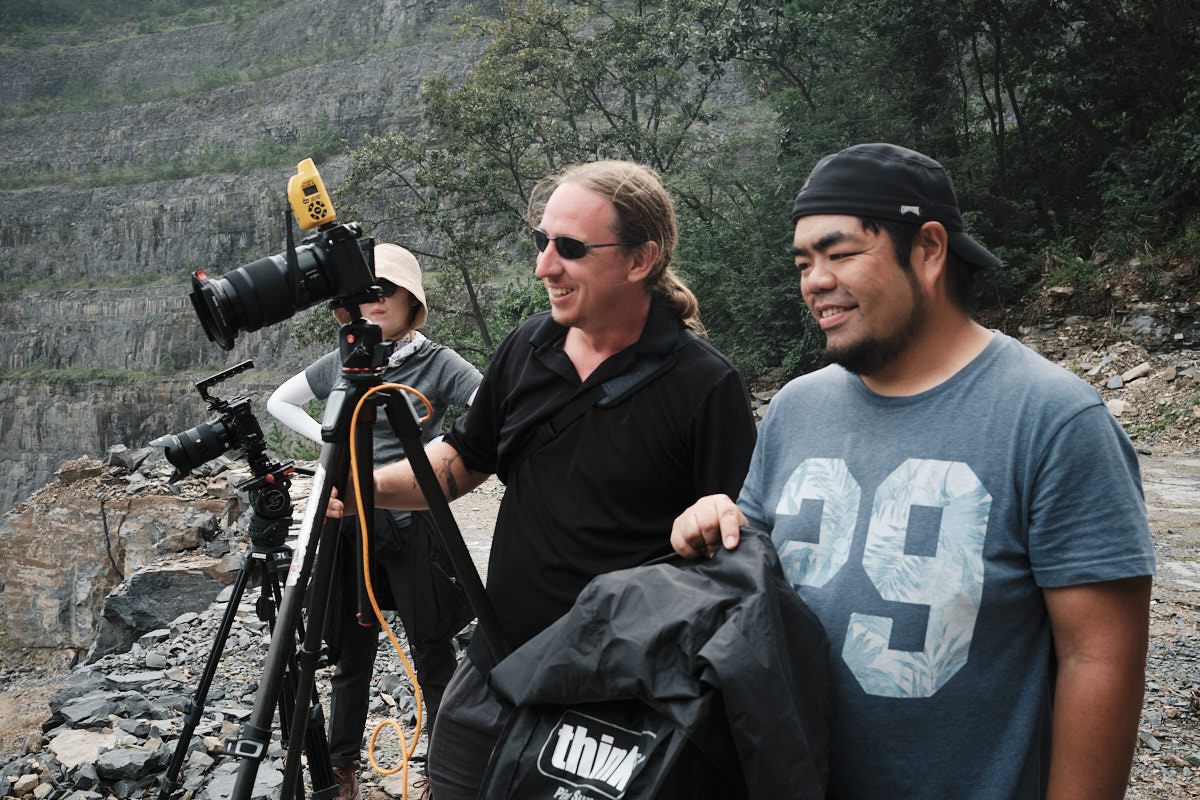
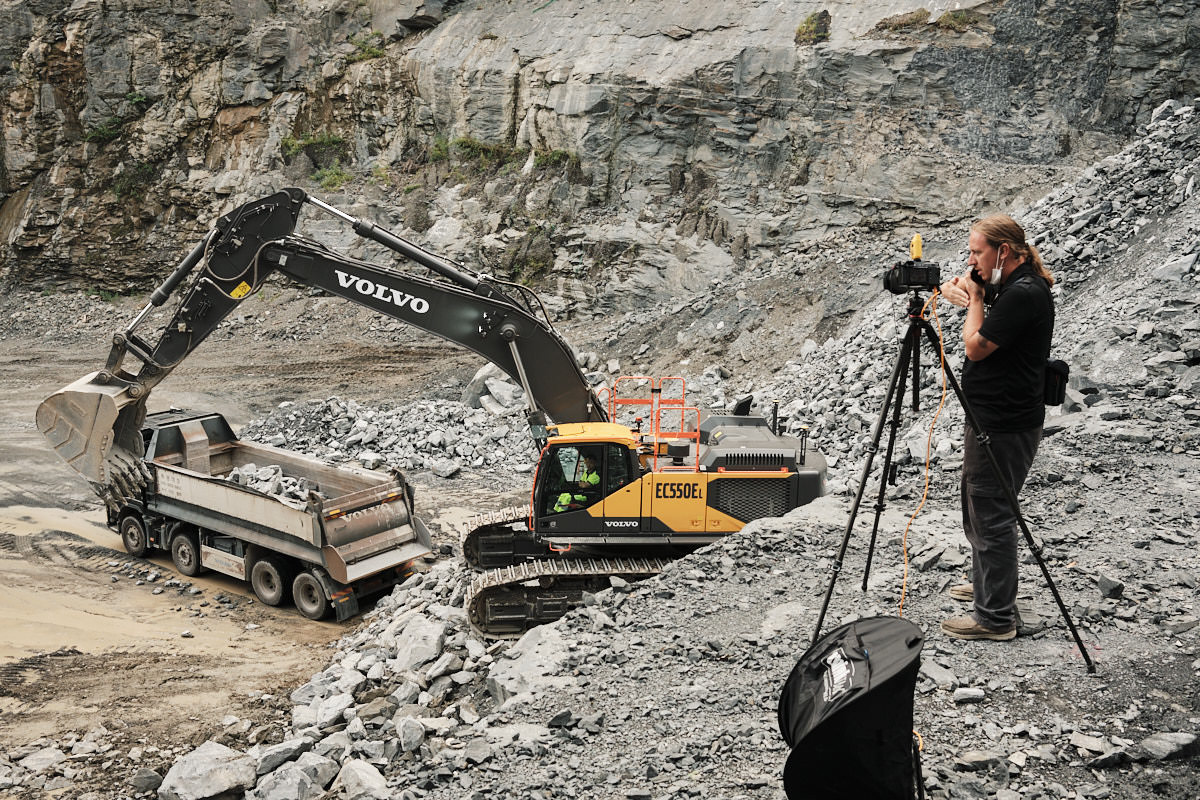
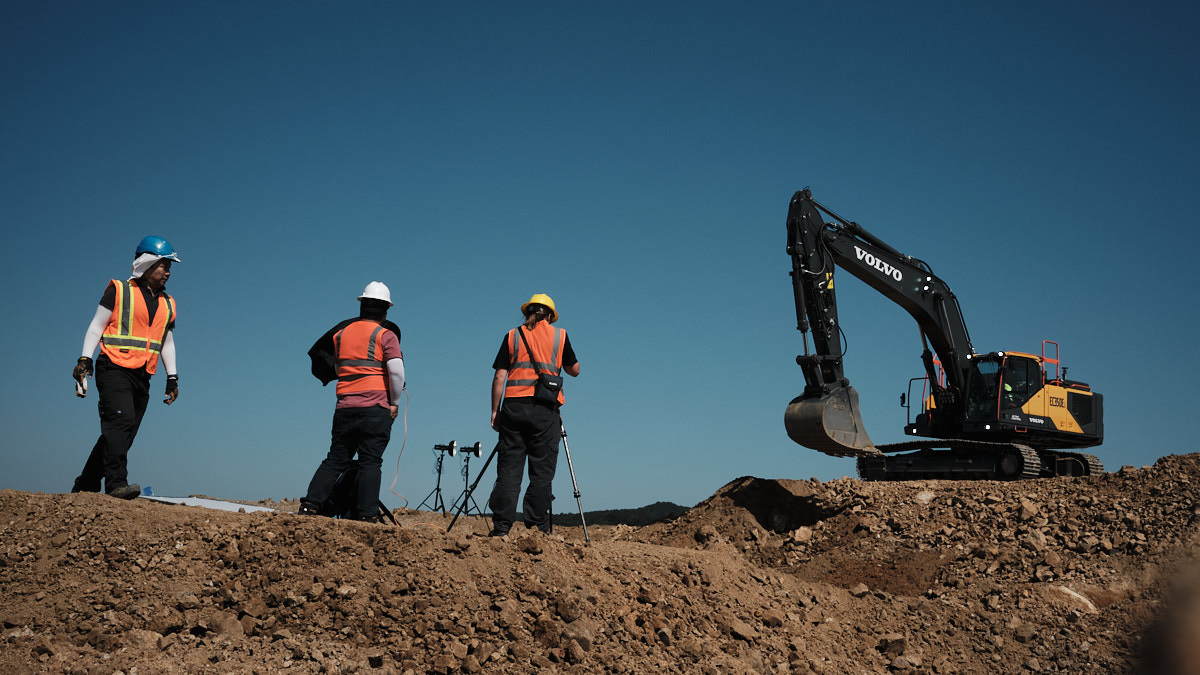
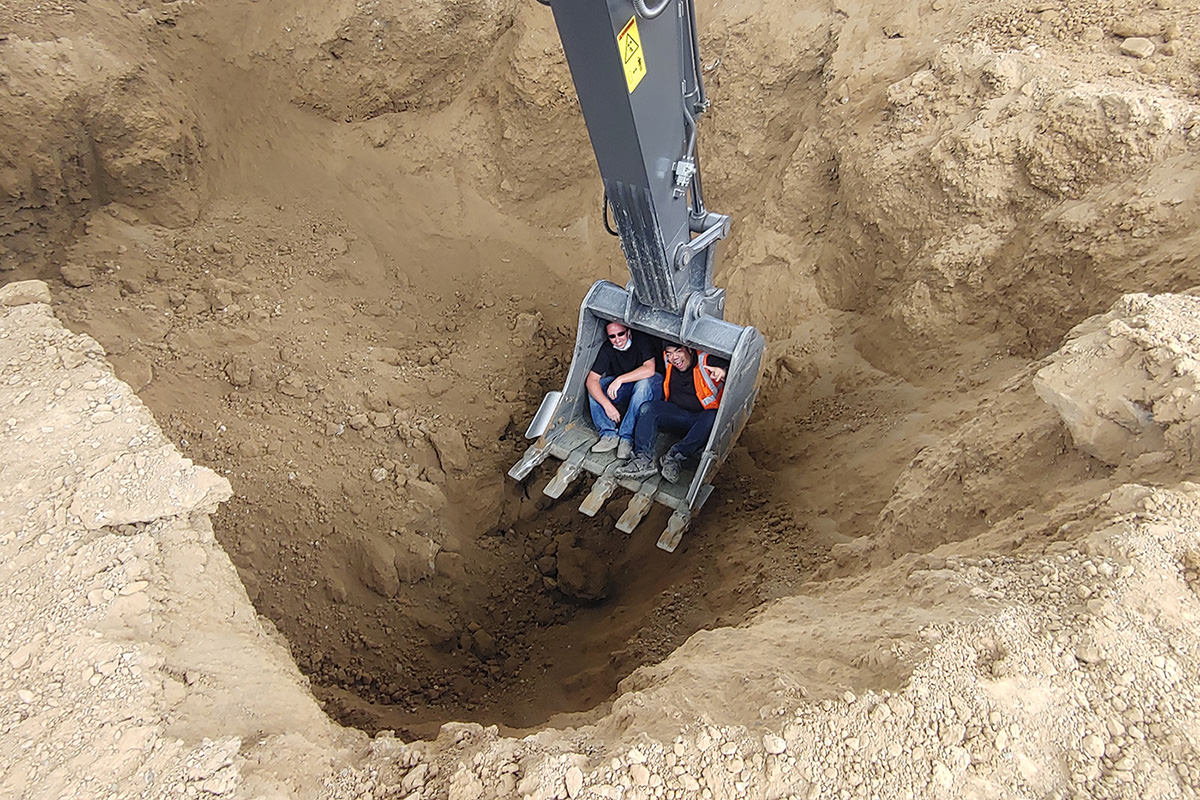
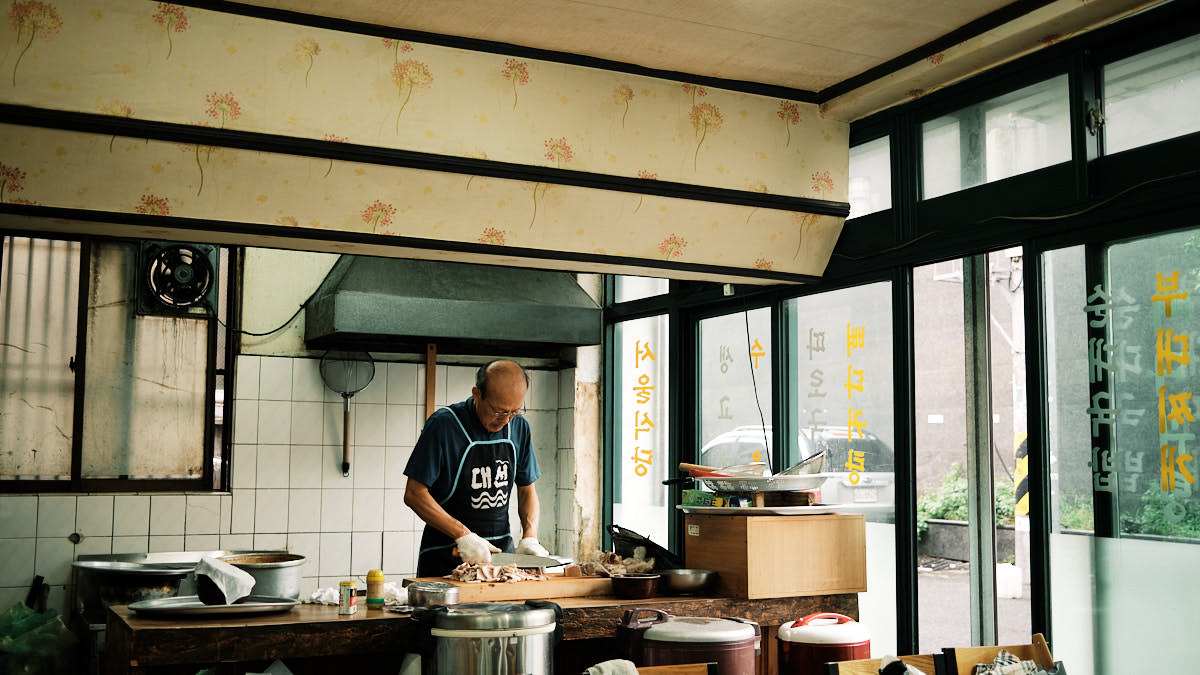
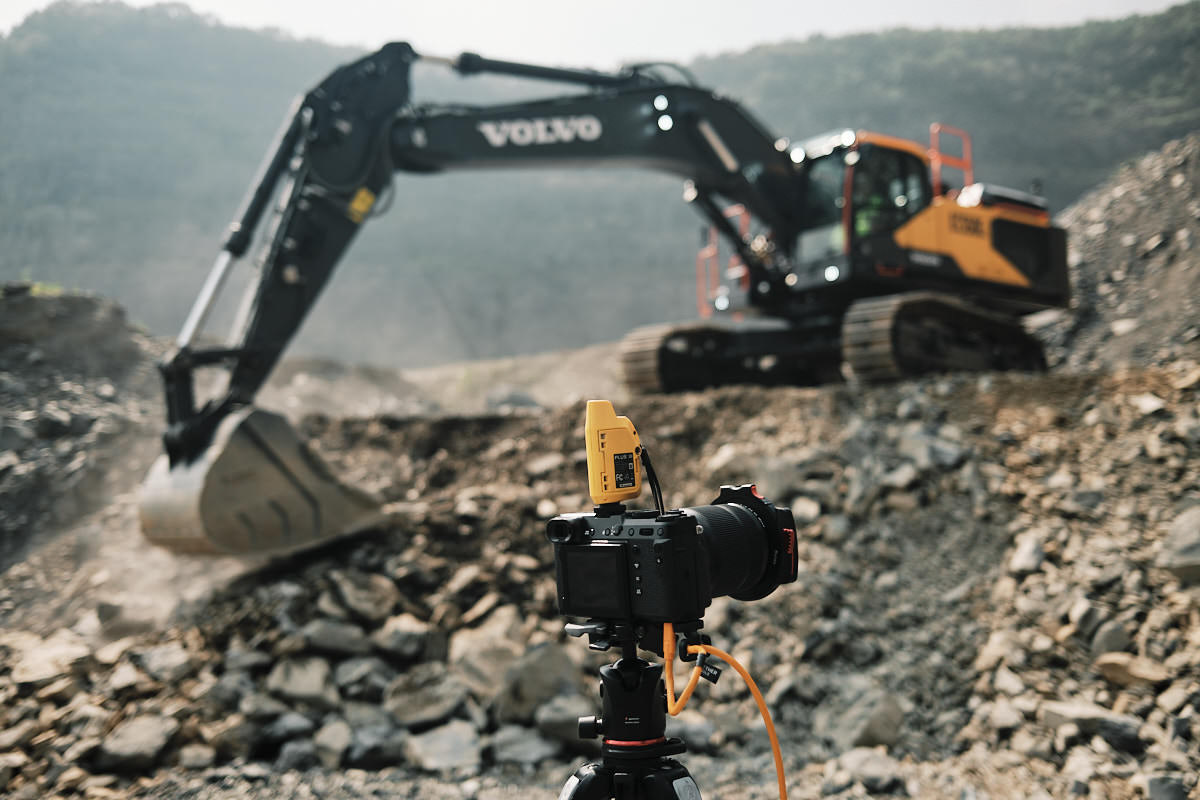
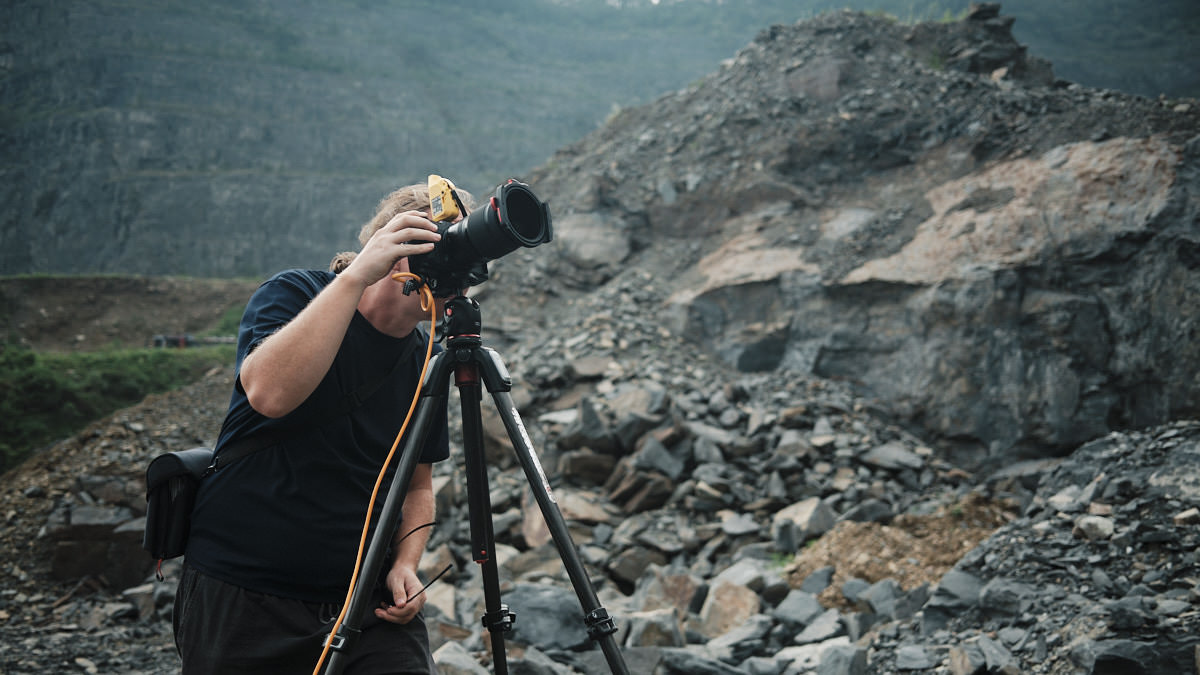
Overall, this was an extremely rewarding set of images to work on and I want to thank the local Volvo CE team for their work as well as the Volvo CE global team for sharing the finished images with me for display here. It was an absolute pleasure to be a part of such a large project and be entrusted with creating the required pieces. I hope you’ll enjoy some more of these images below.
Of course, it would be a shame not to make the most of any travel we were doing last year, so following each of these shoots, Roy and I tacked on an extra day at our own expense to explore the nearby countryside. You can see our trips to Gayasan National Park and Hongryeongsa at these links.
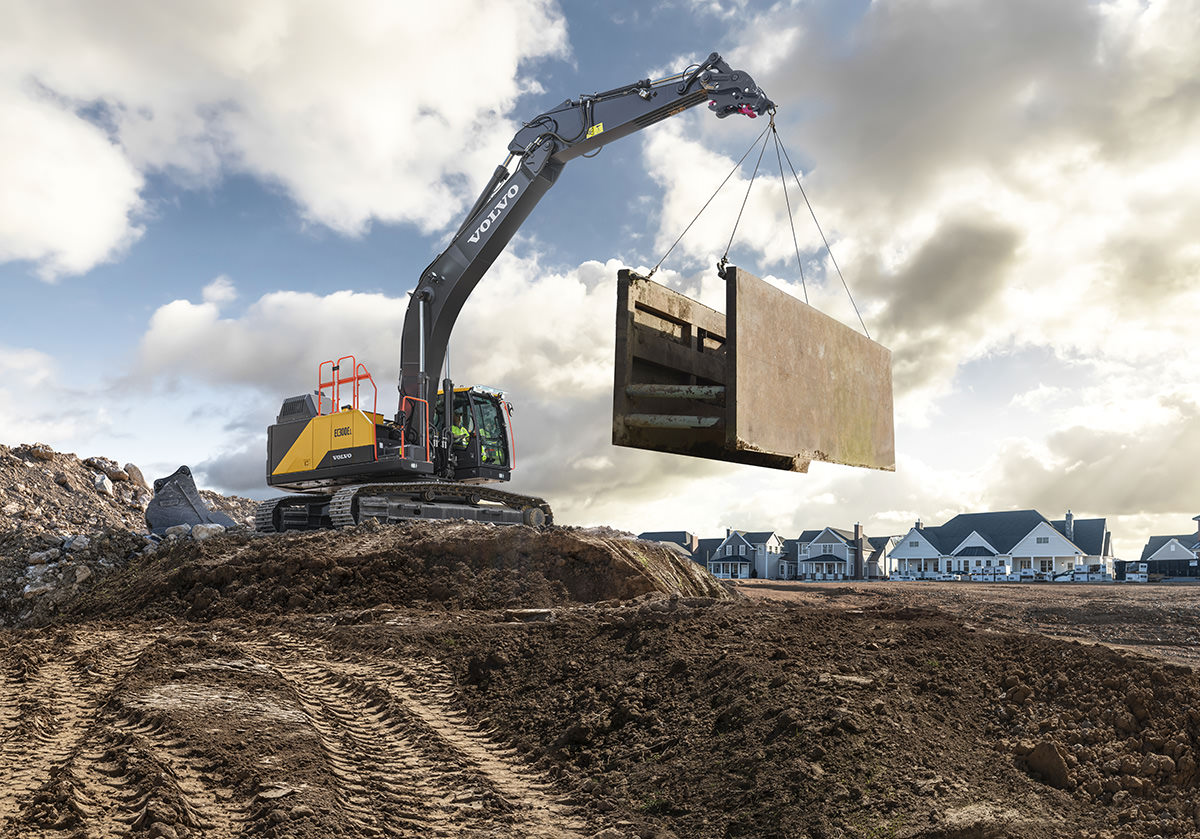
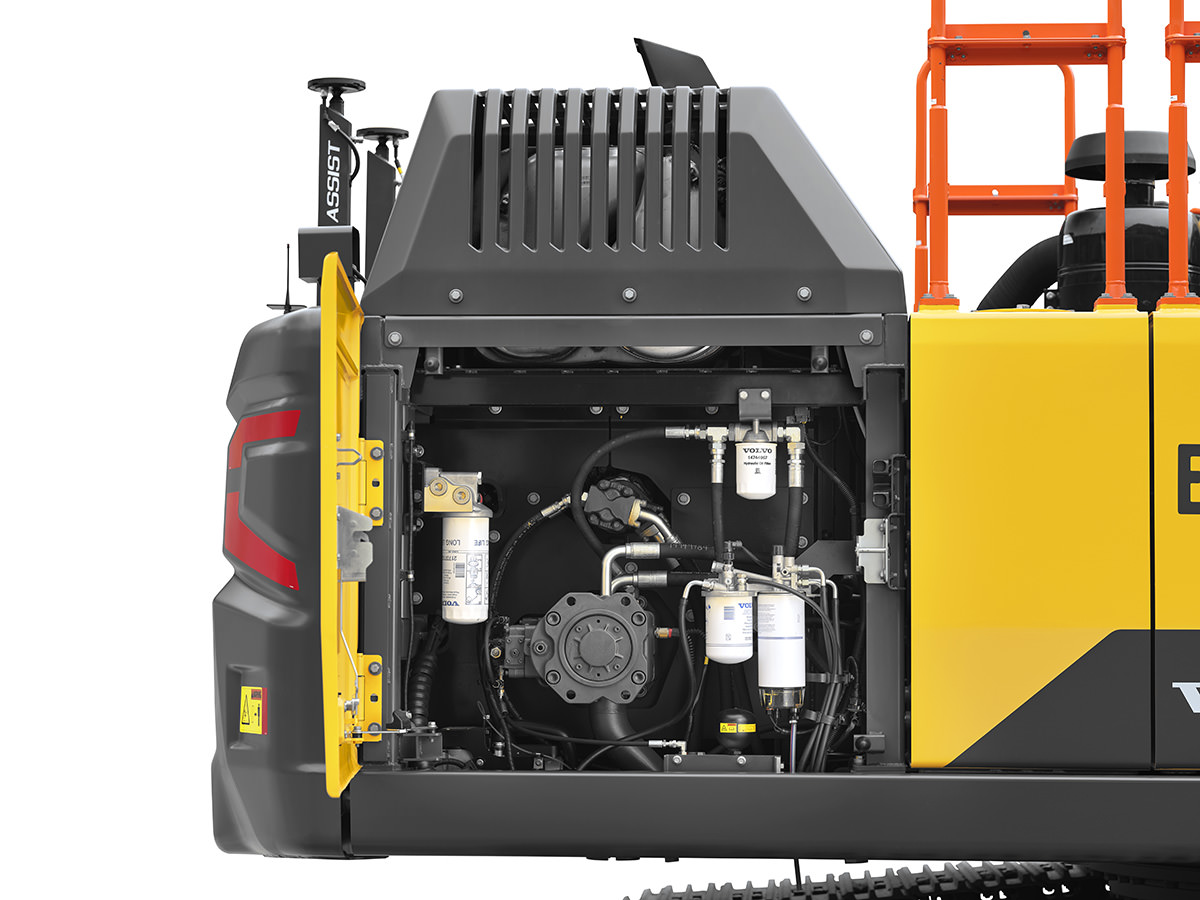
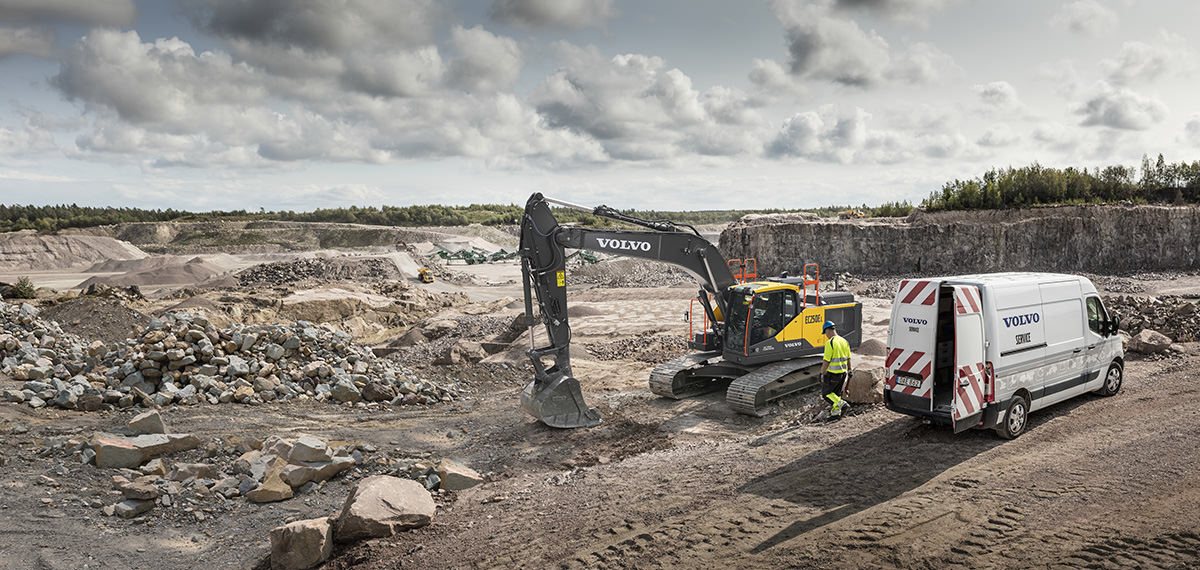

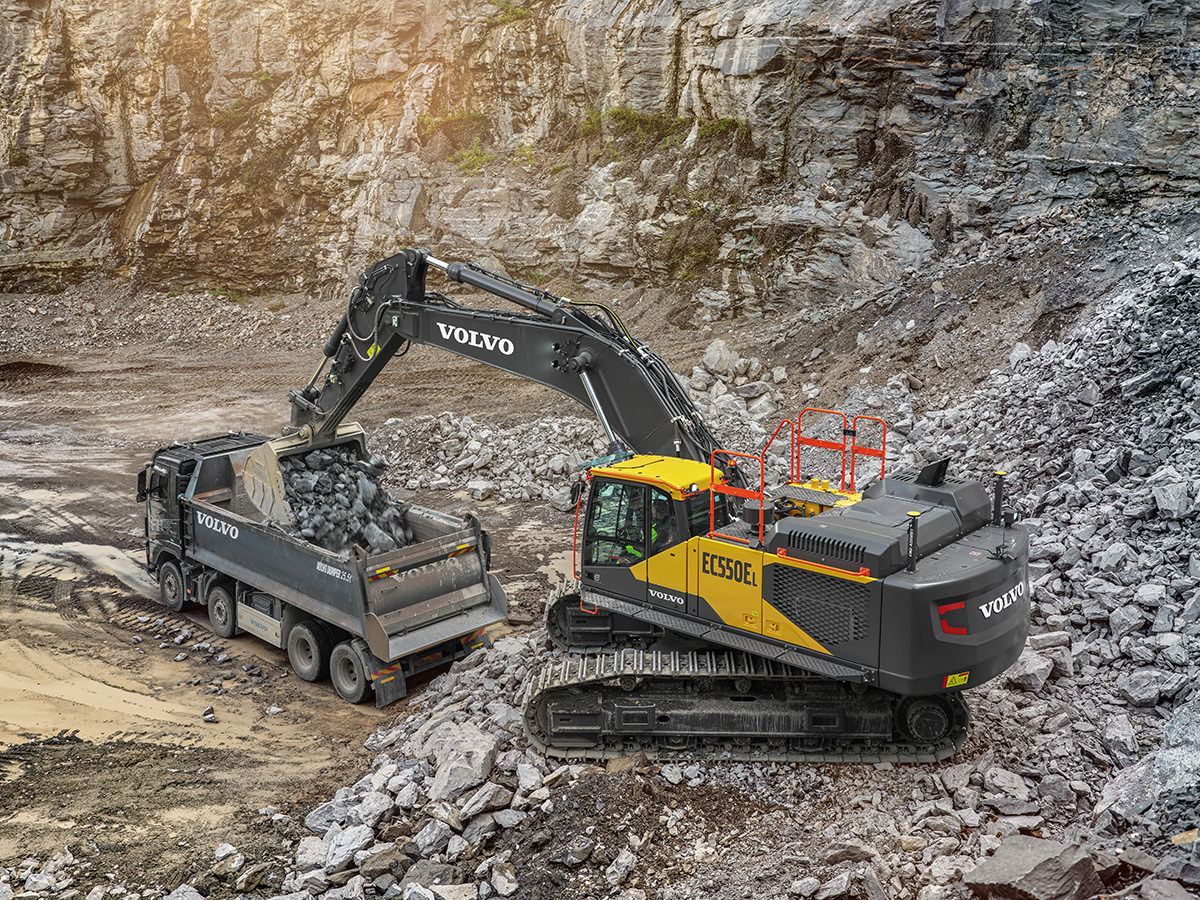


[…] are for digital display and most of us will never need or want a 100MP sensor. In fact, I only have one client who even uses the resolution that the GFX 100S offers. That is not the point of today’s […]
Looks like a lot of fun. I didn’t know you did these kinds of shoots.
Cheers, man. It’s been a lot of fun, for sure.